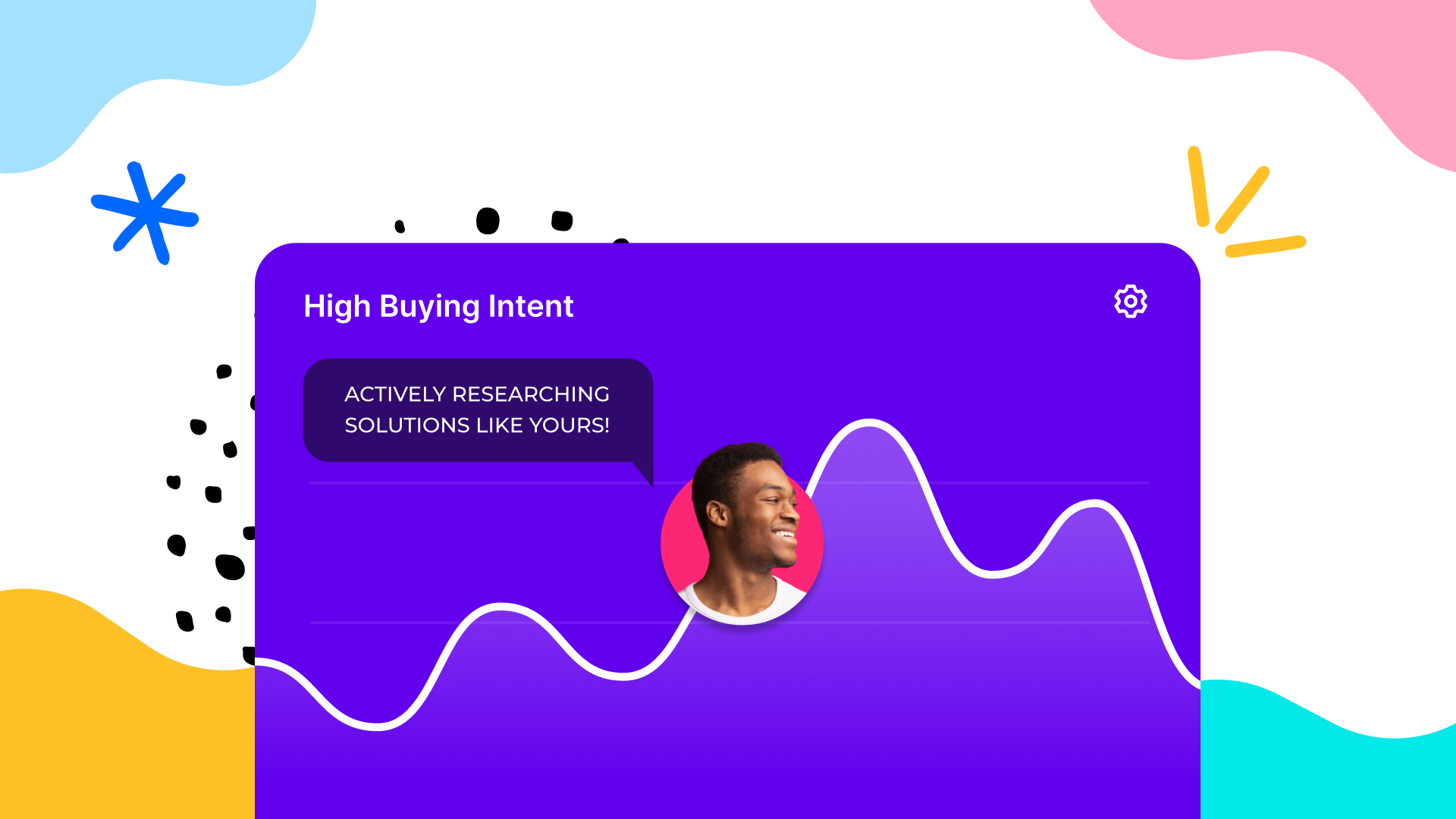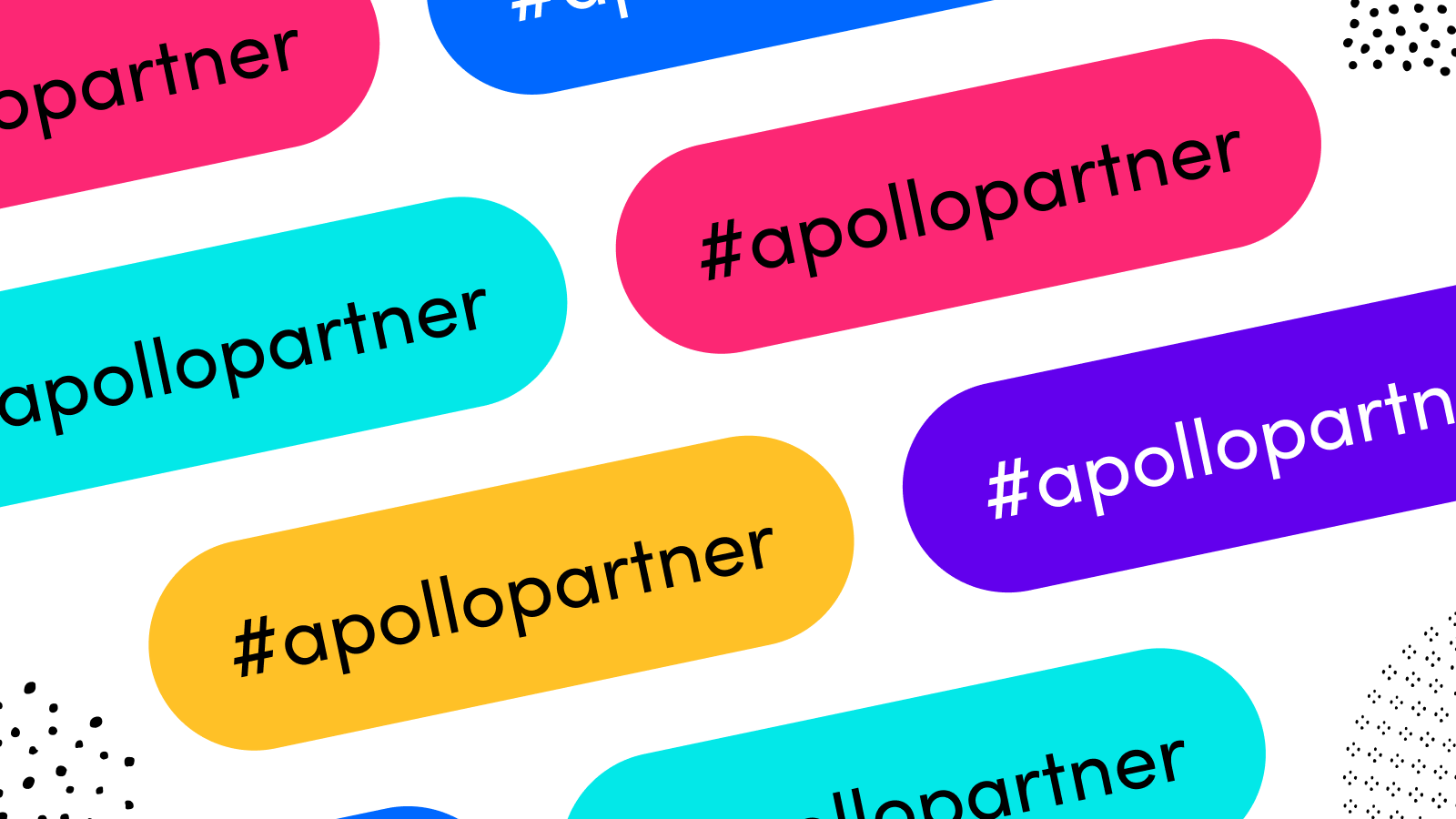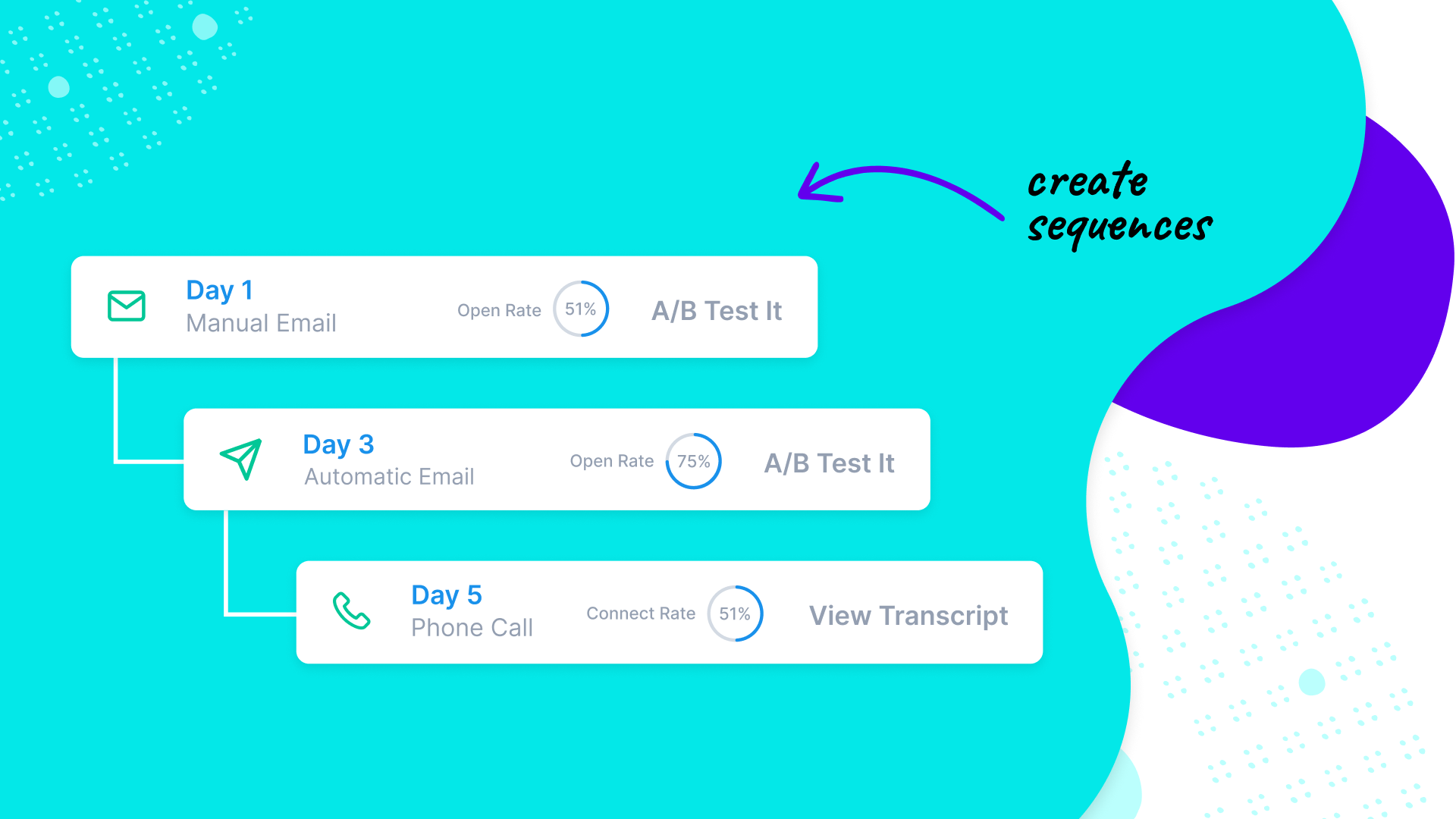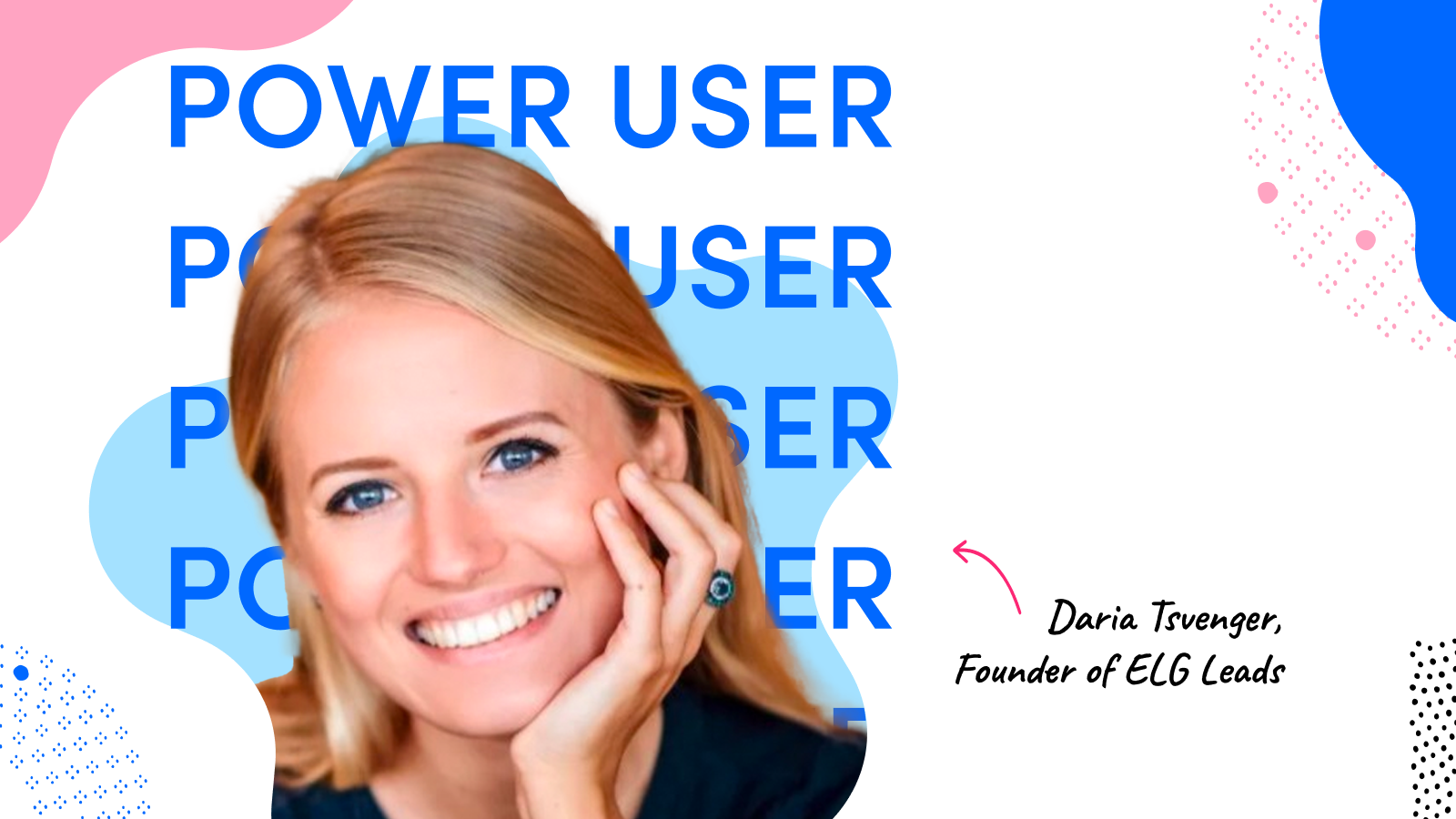How do you know when a prospect is actively facing a challenge and when they are researching a solution? How can you tell exactly when they are ready to buy?
You’re not a mindreader; that’s why buyer intent data is such a valuable tool for uncovering the mystery that is buyer intent.
When intent data is leveraged effectively, it can help you focus your time, money, and effort on the prospects that matter and set up a strong sales pipeline across your organization.
However, nearly 60% of intent data users experience wasted resources as a result of facing the challenges of intent data. Although intent data has loads of potential, if gathered from the wrong resources, it can be unreliable, expensive, hard to interpret, or even noncompliant with data protections.
All of this begs the question: What does it look like to use intent data effectively? And is it really worth your valuable time?
We’ll dive a little deeper into the specific challenges of using B2B intent data, as well as the unlimited potential it can give businesses who harness it the right way. But first, let’s make sure we’re aligned on what we mean by intent data.
What is intent data?
Intent data (often called buyer intent data or purchasing intent data) is a collection of behavioral signs – specifically web content consumption – that help sellers determine a prospect’s purchase intent. It is a set of signals that reveals which leads or accounts are actively researching on first and/or third-party sites.
Whenever someone searches for something online, visits a web page, lingers on a blog post, or does virtually anything online, they are communicating interest. For example, it’s safe to assume that you, the reader of this blog post, have an interest in the topic of intent data, or at the very least B2B sales and/or data solutions.
The value of intent data is based on this idea.
When buyers have a problem, they research to find a solution. The more data and knowledge you have surrounding their searches, activity, and online behaviors, the better you can deliver valuable and relevant messaging to prospects early on in their buyer journey.
How is intent data collected?
Intent data is a fairly broad term, which means it can refer to slightly different things in the world of B2B data solutions.
Based on the solution, intent data can be collected in several different ways :
- Data based off of website traffic (i.e. users or accounts who have visited your website and therefore have shown intent)
- Data based on online advertising engagement
- Data based on content consumption
- Data that reflects relevant online research across search engines, forums, social channels, etc.
- Data from software review sites that help you identify exactly which in-market products are generating interest
- Any of the above layered with valuable contextual information like new job hirings, press mentions, funding rounds, referral sources, etc.
These types of intent data often fall into one of two primary categories: first and third-party data.
First-party intent data
This type of intent data is what you most often imagine when you think about tracking buyer behavior: data that you own and collect yourself from your website and social platforms. It is activity that you pick up from your own audience across your digital properties.
First party intent data can be valuable for identifying purchase intent and it can help your salespeople reach out to proactively address concerns and pain points.
Anything from customer surveys to tracking website activity and taking notes on customer interactions is collecting first party intent data. You likely already have a few tools in place to help you collect it (e.g. analytics tools, sales engagement platforms, your website’s backend).
But it can be rather one-dimensional. Third-party intent data can help you get a broader picture of your prospective customers…
Third-party intent data
More often than not, the best way to access reliable intent data is through a third-party data provider. These data platforms collect relevant insights from all across the web, from competitors’ websites and media publishers to social media platforms and B2B sites.
Using third party intent data opens up a whole world of buyer information. Top data providers crawl millions of public web documents for buying behaviors and bring you scalable and actionable information on best-fit prospects ready to buy.
Bonus: Third party data is often already distilled into audience segments and relevant topics, eliminating your need to sort through swaths of data!
Intent data is collected in many different ways and can take on very different forms. So remember, the kinds of intent data that will be most valuable to you will depend on your organization, your product, and the specific sales and marketing strategies you have in place. Many organizations that have seen great sales results from intent data use several intent data providers or combine first-party with third-party intent data to create a holistic intent view of their target accounts.
Why is intent data important for B2B sales?
Interest in intent data is on the rise. 80% of B2B brands are already leveraging intent data, with another 16% planning to do so within the next 12 months.
Here are a few of the reasons why:
#1: Get in front of the right buyers early and get ahead of competition
Today’s buyers are self-guided.
More and more of the buying journey is being completed before prospects ever connect with a salesperson. This results in less opportunity to discover what prospective customers need and get them into your sales funnel from the get-go.
With intent data, you can leverage intent signals to identify interested buyers early and gain a leg up on your competition.
With 74% of B2B buyers ultimately selecting the first vendor to provide them value, this is a huge advantage of using intent data in B2B sales!
#2: Find new actively interested leads and boost prospecting efforts
Intent data improves engagement with the prospects already on your radar, but it also helps sales reps identify new buyers and accelerate sales prospecting efforts.
The potential buyers you find using intent data are never completely cold – they have communicated a level of interest and are in the hunt for a solution that aligns with your product’s value. This makes them a sales-qualified lead (or very, very close to one).
And what salesperson wouldn’t want consistent SQLs flooding into their pipeline?!
#3: Prioritize leads by understanding which accounts are ready to spend
Buyer intent data can help you distinguish between the leads who are actively looking for solutions and are ready to spend and the leads who are simply looking into a particular topic.
This allows salespeople to optimize marketing and sales resources and invest their time into the right accounts.
#4: Create hyper-personalized content
As we’ve learned, intent data is great at revealing a prospect’s needs, interests, and pain points. The best salespeople put that information into action, by using those insights to create hyper-personalized, value-based messaging.
Leverage data like browsing history or purchase history to make specific product recommendations, create a personalized email campaign, frame outbound messaging, share relevant landing pages, E-books, and blog posts, and so much more!
The challenges of using B2B intent data
Intent data has a lot of perks – but that doesn’t mean it should be treated as a silver bullet for B2B sales.
Here are some of the challenges of using intent data that users should be aware of:
- Intent data is still maturing. Buyer intent data has really only emerged over the last decade and is still a rather new product category. Now, this isn’t necessarily a bad thing, but it does mean that, currently, few industries have the strategies and support in place to effectively and efficiently use intent data to its fullest potential.
- Intent data can come from poor sources. When it comes to data collection, there are a lot of questionable providers with questionable data practices. Whether they are non-compliant with privacy laws, sell outdated information, or are just plain inaccurate, many unestablished data platforms will try to sell you bad intent data. Finding the right data provider can be one of the biggest hurdles to using intent data (But, stick with us! We’ll go over what to look for in a best-in-class data solution).
- Intent data is often used improperly. Too many sales and marketing teams use intent data without a comprehensive strategy. If you’re tracking too many topics or treating every signal of interest as purchasing intent, you’ll end up chasing poor-fit accounts and wasting resources. Intent data requires thoughtful interpretation and a clear strategy.
- Intent data, in isolation, is meaningless. Intent data requires context. For example, a ‘surge’ in activity could mean an eager buyer or it could mean someone who is not in the position to purchase is researching competitors or industry trends. Most intent signals need supplementary data to provide you with the context you need to make smart selling decisions.
Questions to ask when evaluating intent data solutions
Choosing an intent data solution is important; it can be the difference between exceeding your sales quota or wasting time and energy on non-buyers and bad-fit leads.
When evaluating intent data providers, here are a few essential questions to ask to ensure you’re making the best possible investment:
- How is the intensity of intent signals measured and is it reflective of ‘true’ intent?
- How is the intent data gathered and is it from reliable sources?
- Does the data provider offer contextual data? (e.g. company and contact information, job roles, technologies used, keywords)
- Is the intent data being regularly updated and/or refreshed?
- Is the platform compliant with GDPR and other data privacy regulations?
- Is the intent data tool easy to use or is it unnecessary complicated?
- Does it offer an expansive database with granular filtering capabilities?
- Can the data be integrated into your current technology stack for a more streamlined end-to-end workflow?
- Can you leverage the data to build sales automation processes within the tool?
The very best data solutions not only provide you with reliable and scalable intent data, but equip you with all the features you need to put it into action and immediately boost conversions!
Before you go, don’t forget to follow Apollo on LinkedIn and Twitter to never miss out on sales insights and Apollo product updates (we have some exciting things in the works!).




